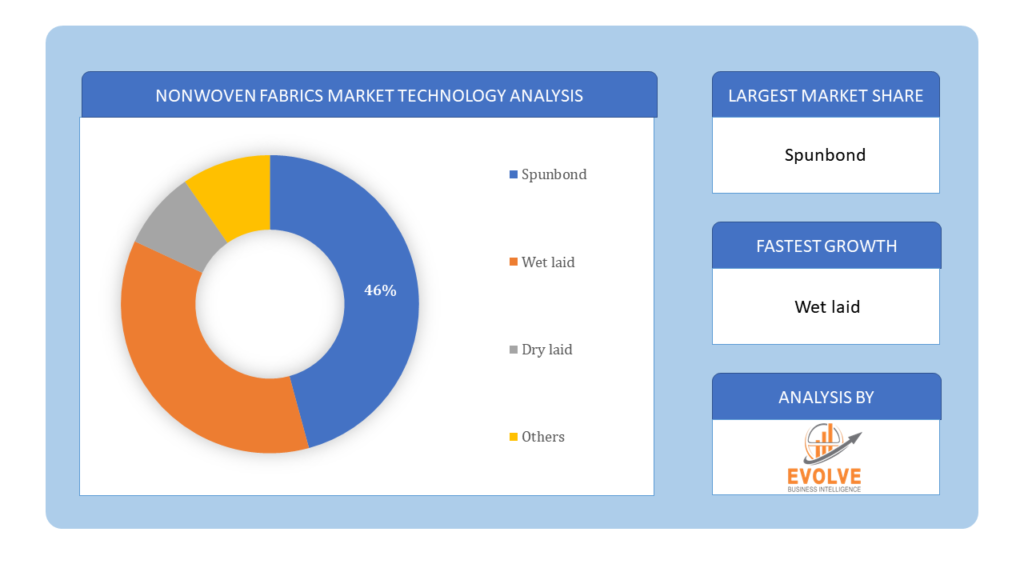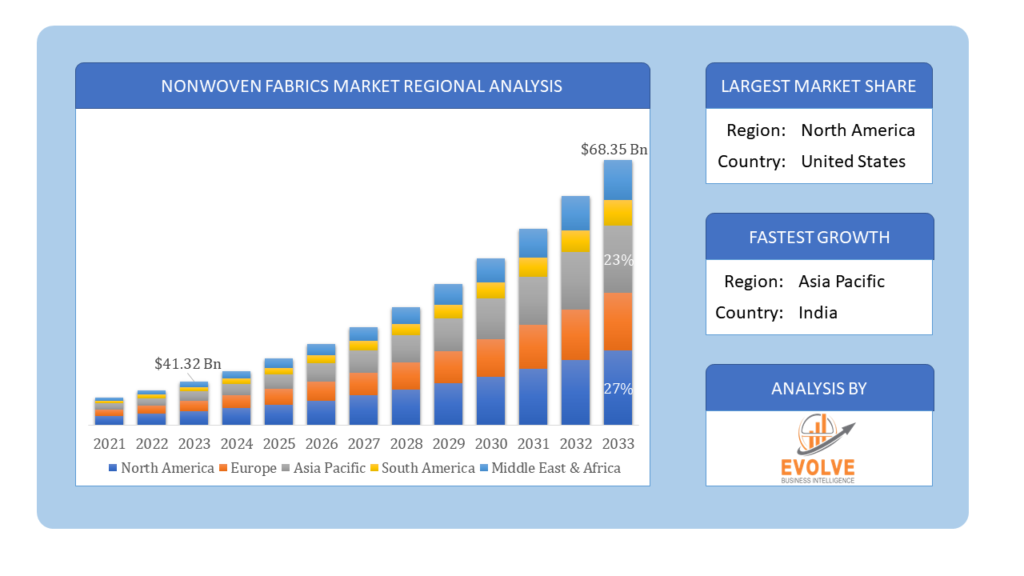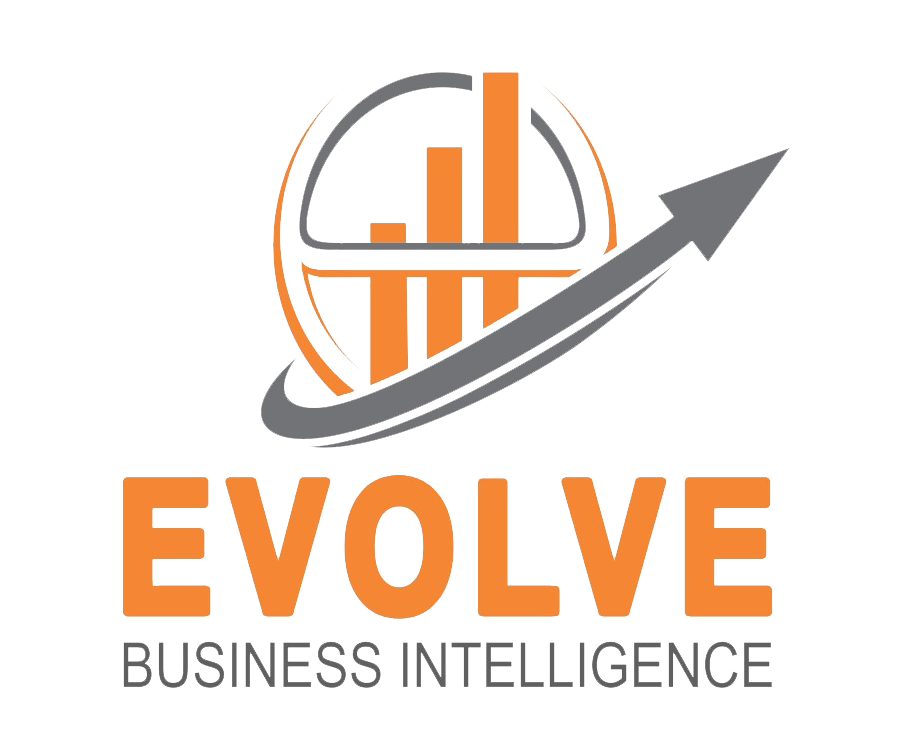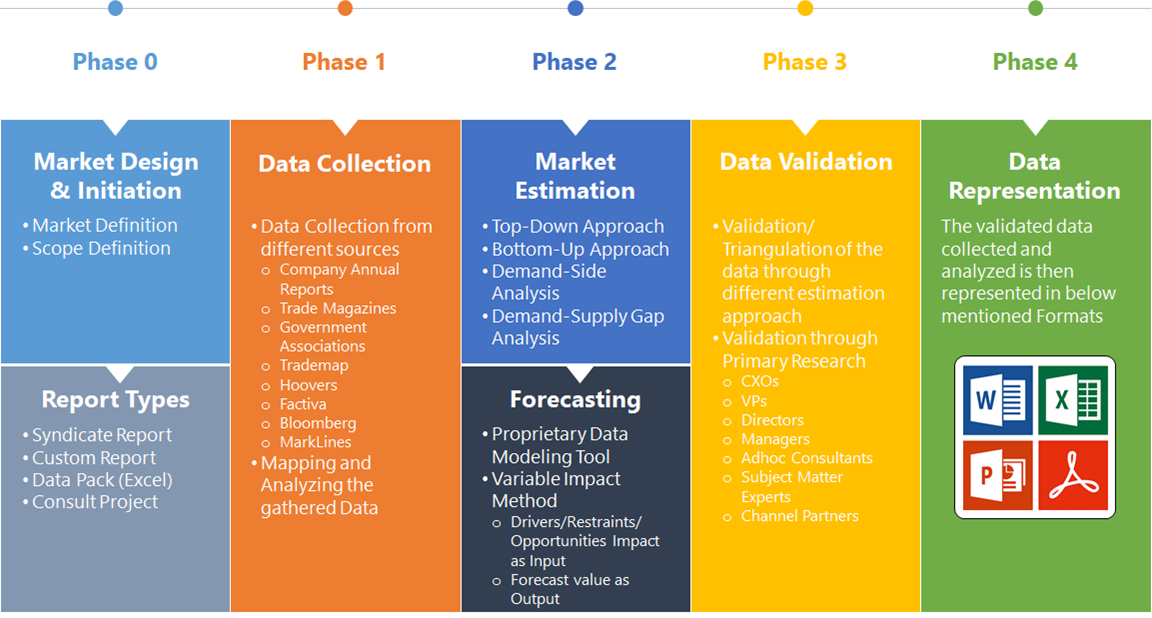Nonwoven fabrics Market Overview
The Nonwoven fabrics Market Size is expected to reach USD 68.35 Billion by 2033. The Nonwoven fabrics industry size accounted for USD 41.32 Billion in 2023 and is expected to expand at a compound annual growth rate (CAGR) of 5.78% from 2023 to 2033. Nonwoven fabrics are engineered materials made from fibers that are bonded together through mechanical, thermal, chemical, or solvent methods, rather than being woven or knitted. These fabrics are created by layering fibers in a web, then binding them to form a coherent structure. Nonwoven fabrics are known for their versatility, allowing them to be tailored for specific properties such as durability, absorbency, liquid repellence, and softness, making them suitable for a wide range of applications including medical supplies, hygiene products, filters, and industrial uses.
Global Nonwoven fabrics Market Synopsis
The COVID-19 pandemic has caused significant supply chain disruptions in the nonwoven fabrics market, leading to supply shortages and fluctuating demand. Manufacturing slowdowns, logistical challenges, and increased demand for medical-grade nonwovens like masks and gowns have strained the supply chain. Conversely, other sectors have seen reduced demand, created an imbalance and impacted the overall market stability.
Global Nonwoven fabrics Market Dynamics
The major factors that have impacted the growth of Nonwoven fabrics are as follows:
Drivers:
⮚ Rising Healthcare Demand
The rising demand for nonwoven fabrics in the healthcare sector is a significant driver of market growth. Nonwoven fabrics are essential in producing medical products such as surgical masks, gowns, drapes, and sanitary products due to their properties like sterility, liquid repellence, and breathability. The COVID-19 pandemic has exponentially increased the need for these products, spotlighting the critical role nonwoven fabrics play in ensuring hygiene and protection in medical settings. The pandemic has led to a surge in production and innovation within the industry, reinforcing the long-term demand for nonwoven fabrics in healthcare.
Restraint:
- Raw Material Price Fluctuations
The nonwoven fabrics market is significantly affected by fluctuations in raw material prices. Most nonwoven fabrics are made from synthetic polymers like polypropylene, derived from petrochemicals. The prices of these raw materials are subject to volatility due to factors such as changes in crude oil prices, geopolitical instability, and supply chain disruptions. Such fluctuations can increase production costs, making it challenging for manufacturers to maintain stable pricing and profitability. This unpredictability can hinder market growth as companies may struggle to manage costs effectively.
Opportunity:
⮚ Sustainable Products
The growing emphasis on sustainability and eco-friendly products presents a substantial opportunity for the nonwoven fabrics market. Consumers and regulatory bodies are increasingly advocating for products that are environmentally responsible. This has led to innovations in biodegradable and recyclable nonwoven materials. Manufacturers are developing new types of nonwoven fabrics made from natural fibers like cotton, bamboo, and biodegradable polymers, which decompose more easily and have a lower environmental impact. This shift towards sustainable nonwoven fabrics aligns with global trends towards reducing plastic waste and environmental conservation, opening new market segments and driving long-term growth.
Nonwoven fabrics Market Segment Overview
By Technology
 Based on the Technology, the market is segmented based on Spunbond, Wet laid, Dry laid, Others. In the nonwoven fabrics market, the spunbond segment dominates due to its versatility, strength, and cost-effectiveness, making it highly suitable for applications in hygiene products, medical supplies, and industrial materials. This process is favored for its efficient production and consistent quality, driving widespread adoption across various industries.
Based on the Technology, the market is segmented based on Spunbond, Wet laid, Dry laid, Others. In the nonwoven fabrics market, the spunbond segment dominates due to its versatility, strength, and cost-effectiveness, making it highly suitable for applications in hygiene products, medical supplies, and industrial materials. This process is favored for its efficient production and consistent quality, driving widespread adoption across various industries.
By basis of layer
Based on the basis of layer, the market has been divided into Single-layer, Multilayer, basis of layer 3, basis of layer 4. In the nonwoven fabrics market, the single-layer segment dominates due to its simplicity, cost-effectiveness, and versatility, meeting the demands for lightweight applications such as disposable hygiene products, wipes, and agricultural covers. This segment offers ease of production and customization, making it a preferred choice for a wide range of end-users seeking economical solutions without compromising on performance.
By function
Based on function, the market has been divided into Disposable, Non-disposable. In the nonwoven fabrics market, the disposable segment dominates due to its widespread use in single-use applications, including medical and hygiene products, where hygiene, convenience, and infection control are paramount. This segment caters to the increasing demand for disposable products, driven by changing consumer lifestyles, healthcare protocols, and stringent hygiene standards.
Global Nonwoven fabrics Market Regional Analysis
Based on region, the market has been divided into North America, Europe, Asia-Pacific, the Middle East & Africa, and Latin America. The area of Asia Pacific is anticipated to dominate the market for the usage of Nonwoven fabrics, followed by those in North America and Europe.
 Nonwoven fabrics Asia Pacific Market
Nonwoven fabrics Asia Pacific Market
Asia Pacific dominates the nonwoven fabrics market due to several factors contributing to its robust growth in the region. Rapid industrialization, particularly in countries like China and India, has driven significant demand for nonwoven fabrics across various sectors including healthcare, automotive, construction, and consumer goods. Moreover, the region’s large population and rising disposable income levels have led to increased consumption of hygiene products such as diapers, wipes, and feminine care products, further boosting the demand for nonwoven fabrics. Additionally, the presence of established manufacturing infrastructure, favorable government policies, and investments in research and development have facilitated innovation and expansion within the nonwoven fabrics industry, consolidating Asia Pacific’s dominant position in the global market.
Nonwoven fabrics North America Market
The North America region has indeed been experiencing remarkable growth in recent years, particularly in the nonwoven fabrics market. This growth can be attributed to several factors including technological advancements, increasing demand for innovative products, and a growing focus on sustainability. In addition, the region’s robust healthcare sector, stringent hygiene standards, and rising awareness about the benefits of nonwoven fabrics have fueled the demand for these materials in applications such as medical supplies, personal care products, and filtration systems. Furthermore, investments in research and development, coupled with strategic collaborations among key market players, have contributed to the expansion of the nonwoven fabrics industry in North America, positioning it as a significant player in the global market.
Competitive Landscape
The competitive landscape includes key players (tier 1, tier 2, and local) having a presence across the globe. Companies such as Ahlstrom-Munksjo, Berry Global Inc, Glatfelter Company, DuPont, Lydall Inc are some of the leading players in the global Nonwoven fabrics Industry. These players have adopted partnership, acquisition, expansion, and new product development, among others as their key strategies.
Key Market Players:
- Ahlstrom-Munksjo
- Berry Global Inc.
- Glatfelter Company
- DuPont
- Lydall Inc.
- Fitesa
- TWE Group
- Freudenberg Group
- PFNonwovens
Scope of the Report
Global Nonwoven fabrics Market, by Technology
- Spunbond
- Wet laid
- Dry laid
- Others
Global Nonwoven fabrics Market, by basis of layer
- Single-layer
- Multilayer
- basis of layer 3
- basis of layer 4
Global Nonwoven fabrics Market, by function
- Disposable
- Non-disposable
Global Nonwoven fabrics Market, by Region
- North America
- US
- Canada
- Mexico
- Europe
- UK
- Germany
- France
- Italy
- Spain
- Benelux
- Nordic
- Rest of Europe
- Asia Pacific
- China
- Japan
- South Korea
- Indonesia
- Austalia
- Malaysia
- India
- Rest of Asia Pacific
- South America
- Brazil
- Argentina
- Rest of South America
- Middle East & Africa
- Saudi Arabia
- UAE
- Egypt
- South Africa
- Rest of Middle East & Africa
| Parameters | Indicators |
|---|---|
| Market Size | 2033: $68.35 Billion |
| CAGR | 5.78% CAGR (2023-2033) |
| Base year | 2022 |
| Forecast Period | 2023-2033 |
| Historical Data | 2021 |
| Report Coverage | Revenue Forecast, Competitive Landscape, Growth Factors, and Trends |
| Key Segmentations | Technology, basis of layer, function |
| Geographies Covered | North America, Europe, Asia-Pacific, Latin America, Middle East, Africa |
| Key Vendors | Ahlstrom-Munksjo, Berry Global Inc., Glatfelter Company, DuPont, Lydall Inc., Fitesa, TWE Group, Freudenberg Group, PFNonwovens |
| Key Market Opportunities | • Sustainable Solutions |
| Key Market Drivers | • Growing Demand in Healthcare |
REPORT CONTENT BRIEF:
- High-level analysis of the current and future Nonwoven fabrics Industry trends and opportunities
- Detailed analysis of current market drivers, restraining factors, and opportunities analysis in the future
- Historical market size for the year 2021, and forecast from 2023 to 2033
- Nonwoven fabrics market share analysis for each segment
- Competitor analysis with a comprehensive insight into its product segment, financial strength, and strategies adopted.
- Identifies key strategies adopted by the key players including new product development, mergers and acquisitions, joint ventures, collaborations, and partnerships.
- To identify and understand the various factors involved in the global Nonwoven fabrics market affected by the pandemic
- To provide year-on-year growth from 2022 to 2033
- To provide short-term, long-term, and overall CAGR comparison from 2022 to 2033.
- Provide Total Addressable Market (TAM) for the Global Nonwoven fabrics Market.





